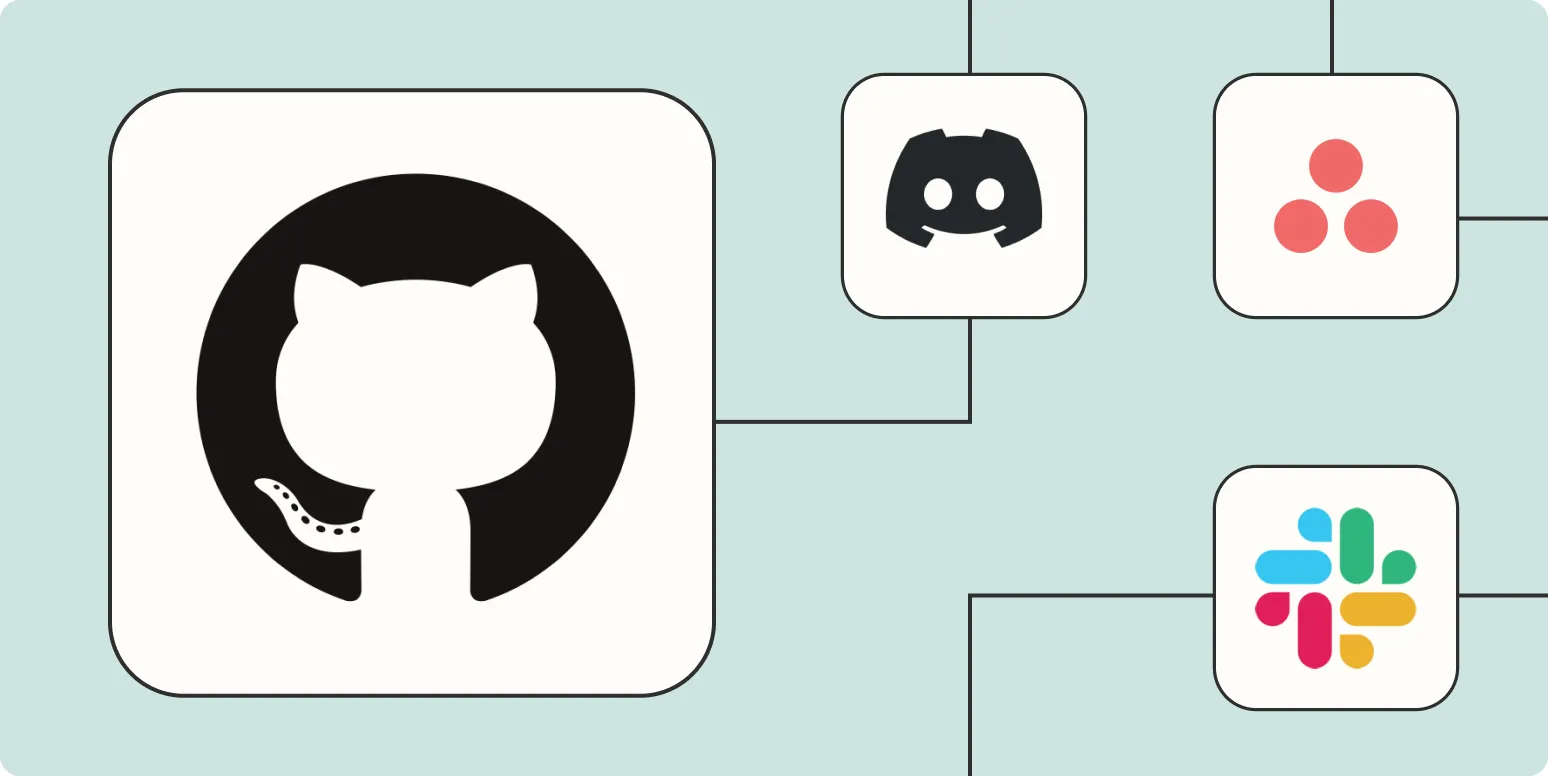1. Automated Issue Management
Managing issues on GitHub can become overwhelming, especially for larger projects. By automating issue management, you can streamline your workflow and keep your project organized. Using GitHub Actions, you can set up rules to automatically label, assign, or close issues based on certain criteria.
For instance, you can create a workflow that automatically labels issues based on keywords in the title or body, such as bug or enhancement. Additionally, you can automate the assignment of issues to team members based on their expertise, ensuring that the right person handles the right task.
Here’s a simple table illustrating how you might set up such automation:
| Trigger | Action |
|---|---|
| New Issue Created | Apply Label based on keywords |
| Issue Assigned | Notify Assigned User via Slack |
| Issue Closed | Remove all labels |
2. Continuous Deployment Pipeline
Implementing a Continuous Deployment (CD) pipeline can significantly reduce the time it takes to release new features or fixes. By using GitHub Actions, you can automate the deployment process every time code is merged into the main branch.
This automation can be particularly beneficial for projects that require frequent updates. You can configure workflows to build your application, run tests, and deploy to various environments automatically. This reduces human error and ensures that your code is always in a deployable state.
Below is a chart that outlines a basic CD pipeline:
| Step | Action |
|---|---|
| Code Commit | Trigger Build Workflow |
| Build Successful | Run Tests |
| Tests Passed | Deploy to Production |
3. Automated Code Reviews
Code reviews are essential for maintaining code quality, but they can be time-consuming. Automating code reviews can help ensure that all code adheres to your project's standards before it gets merged. Tools like ESLint or Prettier can be integrated into your GitHub workflows to automatically check for style issues or potential bugs.
By setting up GitHub Actions to run these tools, you can automatically comment on pull requests with any issues found, prompting developers to address them before merging. This not only saves time but also enhances the overall quality of your codebase.
Here’s a simple workflow for automating code reviews:
| Event | Automation |
|---|---|
| Pull Request Opened | Run ESLint and Prettier |
| Code Issues Found | Comment on Pull Request with Feedback |
| All Checks Passed | Merge Pull Request |
4. Notification System for Pull Requests
Keeping track of pull requests can be challenging, especially in large teams. An automated notification system can help ensure that team members are aware of changes and can review them promptly. You can use GitHub Actions to send notifications through various channels such as Slack, Email, or even custom webhooks.
For example, you can configure a workflow that sends a message to a designated Slack channel every time a pull request is opened or updated. This helps keep everyone in the loop and encourages timely reviews, improving collaboration and efficiency.
Here’s a chart showing the notification workflow:
| Event | Notification |
|---|---|
| Pull Request Created | Send Notification to Slack |
| Pull Request Updated | Notify Reviewers via Email |
| Pull Request Merged | Post Summary to Team Channel |
By implementing these automation ideas, you can enhance your team's productivity and streamline workflows on GitHub. Automation tools like GitHub Actions enable you to focus on what truly matters—writing code and delivering high-quality software. Whether it's through automated issue management, continuous deployment, code reviews, or notifications, there are countless ways to improve your development process while leveraging the power of GitHub.





